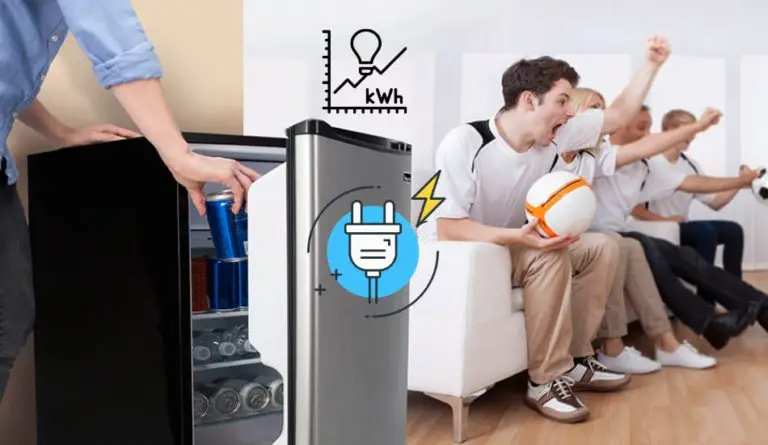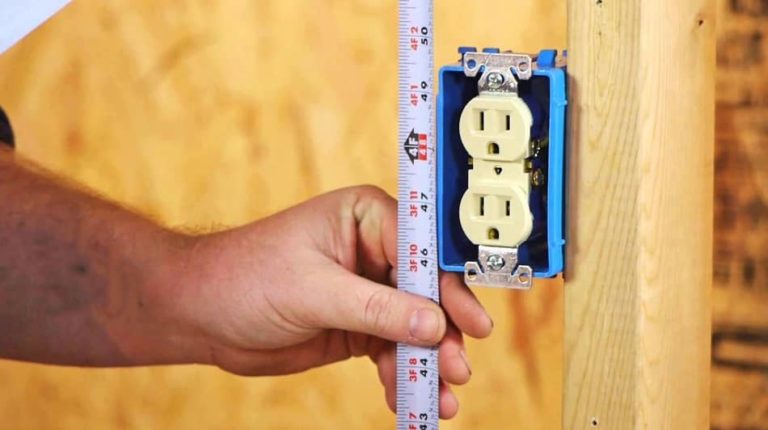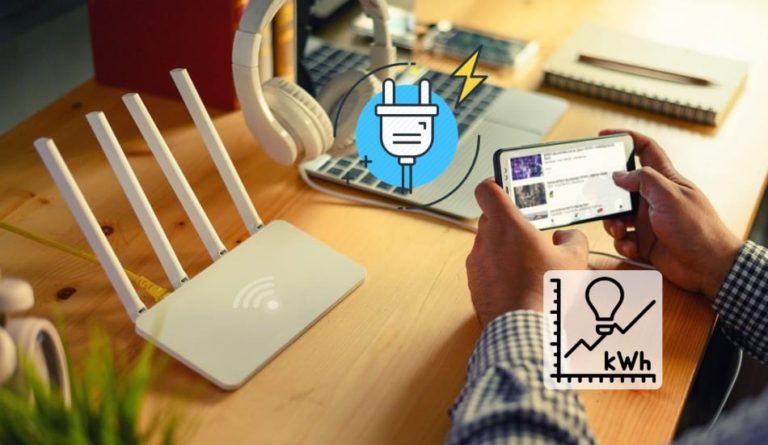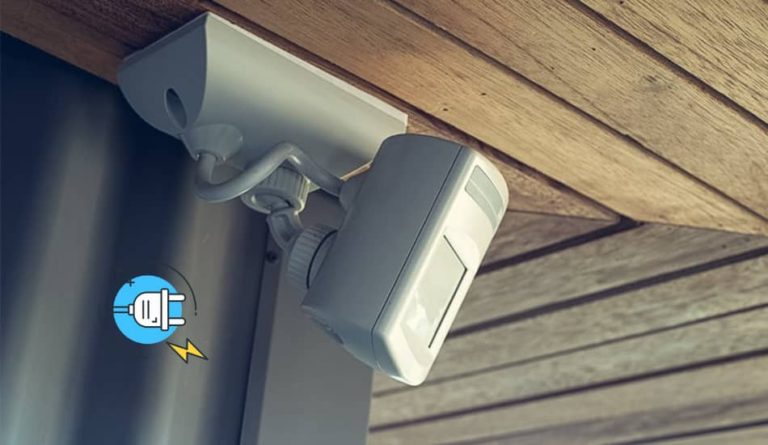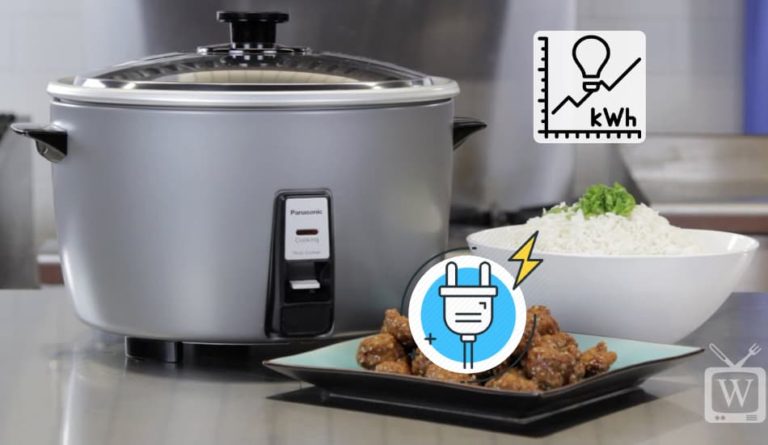How Much Electricity Does a Gas Furnace Use?
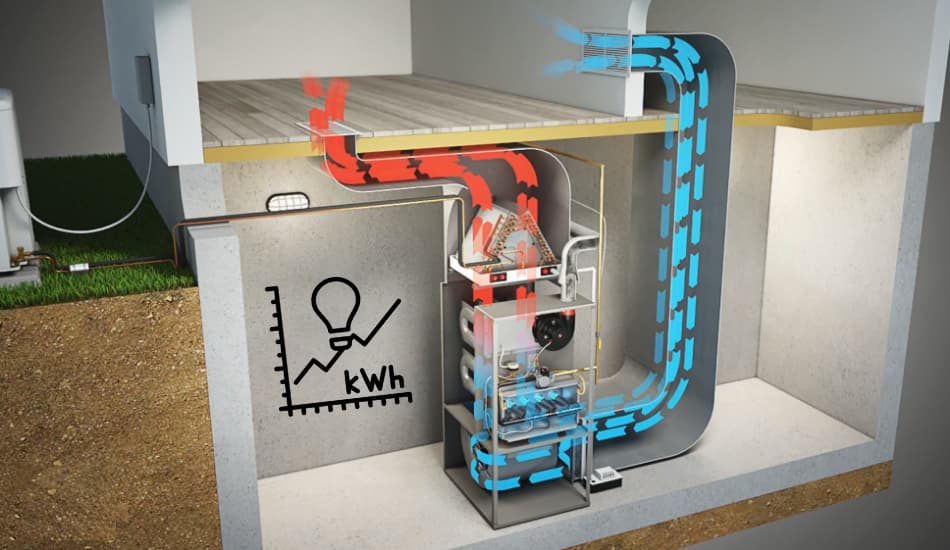
Perhaps for someone, it will be news that the gas boiler equipment needs not only gas but also electricity to run. And along with the gas consumption, the electricity consumption of the gas boiler which is the heart of your heating system, should be also taken into account. So you wonder how much electricity is needed to run a gas furnace? Let’s find out.
Table of Contents
How Much Electricity Does a Gas Furnace Use?
So How Much Electricity Does a Gas Furnace Use? A typical gas furnace usually requires a small amount of electricity to start and operate in your home. Most gas furnaces use less than 600 watts of electricity to run. So to run a gas furnace for 2 hours per day, will cost us around $0.156 with the average price of electricity in the U.S. that is 13 cents per kWh.
The gas furnace usually uses a small amount of electricity to power the fan motor that is used for air circulation in the house and for the igniter.
Keep in mind that there are differences when it comes to electric power that is needed for gas-igniters for furnaces. Some gas appliances come with electronic igniters that use only a small amount of electricity, while other glow plug types of igniters draw a significant lot of electricity to stay glowing hot while the appliance operates.
Furnace Fans Are the Main Consumer of Electricity
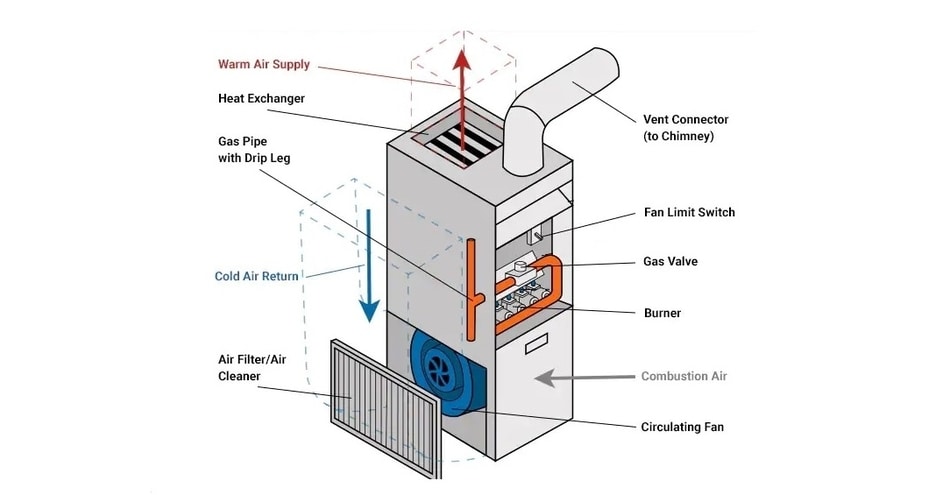
The furnace fan technology has advanced rapidly in the last few years. Therefore, we can say that the biggest single factor that is affecting the energy use of furnace fans is the variable-speed fan motor. Older furnace systems use a single-speed motor that has only one speed.
So a gas furnace that has a variable-speed motor has the ability to operate at different levels of output, which means much lower power consumption. When conditions are moderate, then we will need much less heating or cooling in our home.
The older gas furnaces don’t have the ability to reduce engine speed, will operate at maximum capacity, and therefore they will use much more electricity than it is needed. Variable-speed fan motors will adapt to the conditions required and will save energy in the process.
Variable Speed Furnace Fans
The energy that is required between variable-speed and single-speed fan motors is significant. The standard fan motor approximately uses around 400 watts per hour, while the variable-speed fan motor uses only 72 watts per hour.
There are also other means that affect energy usage on gas furnaces. One of them is to keep a constant temperature in your home. The fan motors can lower to 50% of output when they operate at low speed. By that, the temperature will likewise remain constant and reduce the need for on and off operation. By this, you will save energy and money.
Does a Gas Furnace Need Electricity to Run?
The vast majority of gas furnaces need electricity to operate, but the burner can operate without an electrical source. I advise you to read your manufacturer’s instructions to get better acquainted with the operation of your furnace. Most gas furnaces usually do not have to be turned off. When the power is restored they should operate.
Understanding How Does a Gas Furnace Work
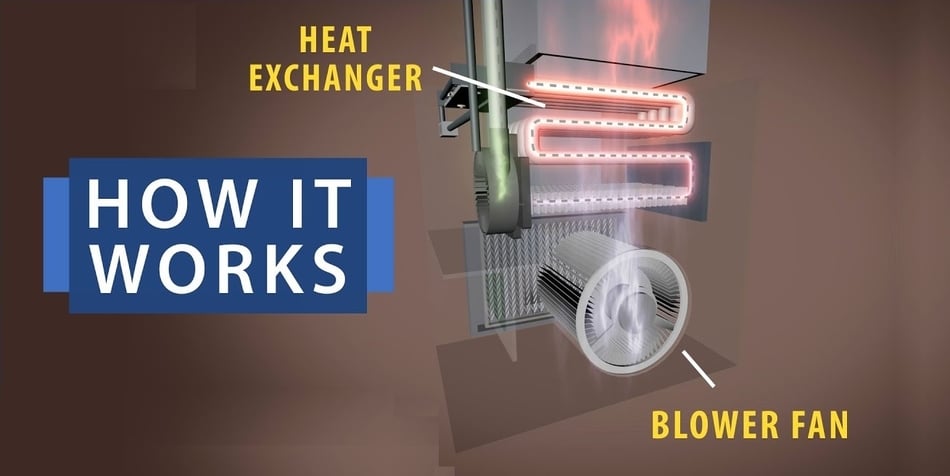
The operating principle of a gas furnace is really simple. At the heart of a gas furnace is usually the burner. Most gas furnaces have two or more interior burners that are controlled by a thermostat. When the temperature in the house drops below a certain level, gas begins to flow and an electronic ignition system ignites the furnace. This hot gas is raised and passes a heat exchanger and through a duct that leads outside the house.
A motor in the gas furnace pulls in the air from an exchange using a large flat grill in the floor, ceiling, or wall of a house. This air circulates in passages to the plenary assembly of the furnace. The plenum is on the opposite side of the heat exchanger from the burner. The heat given off by the burnt natural gas heats the passing air. The hot air is then taken back into the house through ducts that run to vents. Many homes have vents in every room.
To calculate the energy usage, lets see the main parts of a furnace:
- Thermostat: communication with your HVAC unit
- Burners: the metal tubes where the natural gas travels.
- Heat exchanger: used to warm the air inside of the furnace
- The blower motor: used to direct air towards the heat exchanger and then outside your house
Power Calculation
According to the U.S. Department of Energy, which leads Energy Star, heating and cooling expenses in an average household make up 42% of the energy bill. That is why more and more U.S. households rely on natural gas for their homes.
Electricity consumption depends on the processes taking place in the gas equipment system. The peak of costs occurs at the time of ignition – the device can consume twice as many kilowatts as during the operation of the pump.
Volatile heaters are connected to the AC mains. The voltage in it is 220 V, the frequency is 50 Hz. For stable operation of the equipment, a value of at least 195 V is required. If a drop to 160-170 V occurs, electrical components may turn off.
How Much Does it Cost to Run a Gas Furnace?
The average monthly cost for operating a gas furnace for a home that uses around 150 BTU of heat during the winter, will amount to approximately $500 per month in December, January, and February. So you can expect to have around $1,800 of heating costs during the winter.
If you wonder how to calculate the running costs for your gas furnace, let’s start with the basics. We’re going to assume that your household consumes 100 million BTUs per year. Now we must divide that number by 100,000 to arrive at 1000 therms of gas. If you live in the U.S., then the price of natural gas will cost you around $10 per thousand cubic feet.
Let’s assume that you have a furnace that has high gas heat efficiency of 90%. With that calculation, about 10% of the energy will not result in generated heat, and by that your energy cost per therm of gas will be $0.8 x 1.30 = $1
Taking all this into account, we will get that your annual heating expenses will be around 1000 x $ 1 = $1000 dollars. If we turn that into days, we get approximately $80 per month.
Note: Keep in mind that this calculation is just an assumption, and it provides you the steps on how to calculate your own energy costs by running a gas furnace.
Is it Cheaper to Heat Your House With a Gas or Electric Furnace?
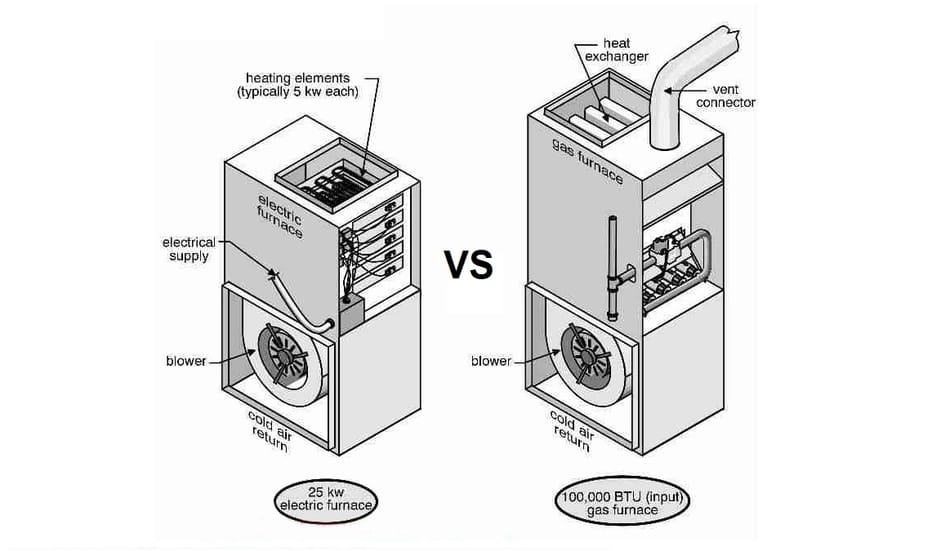
Natural gas is significantly cheaper than electricity in almost every country in the world, and thus using a gas furnace turns out to be a much more economical and cheaper solution. Also, a gas furnace can heat up the home much faster than an electric furnace because the gas produces maximum heat immediately as the burners start running.
On the other hand, electric furnaces are more energy-efficient than the gas furnace and can go up to 100%. However, electric furnaces have higher energy efficiency and lower installation costs, but the running costs are higher due to the higher costs of electricity.
The electricity usage ranges from 10 kW to 50 kW for the usage of electric furnaces. If you own a 20 kWh electric furnace, and you use it for 2 hours per day, you will pay 12 cents per kilowatt-hour. So to calculate your electricity cost per hour you need the following formula: 20 kWh x 0.12 = $2.4 per hour or $4.8 per day. If you heated your apartment twice a day, it would cost you $144.60 a month.
There is not a big enough difference to hesitate between one type of furnace or the other. It all depends on your industry because what will help you minimize heating production costs starts with your room thermostat. Opt for a digital and intelligent thermostat that will better control the temperature of your room, then the insulation of your home is also a key factor.
Are Gas Furnaces Energy-Efficient?
When we talk about gas furnace efficiency, it is measured on how good your furnace is converting gas into heating energy and it is measured in percentage (AFUE rating). The higher the number, the more heat you’ll get.
There is also a minimum energy efficiency requirement that gas furnace must-have, and it’s 78%. Normally, the higher the efficiency of a gas furnace is, the higher its price will be, so it’s important to find a perfect balance. When we look at the statistics, we can see that an average U.S. household uses around 100 million BTUs in heating each winter.
Final Thoughts
I hope this article has helped you understand how to calculate your electricity consumption in a gas furnace. As we could see the gas furnace also needs electricity to run, but this consumption is very small compared to the gas that is needed, so we can ignore electricity costs in this case. The only electricity that is required here is for the fan motor to operate and for the igniter. I hope you have learned how a gas furnace works and how much it consumes.



